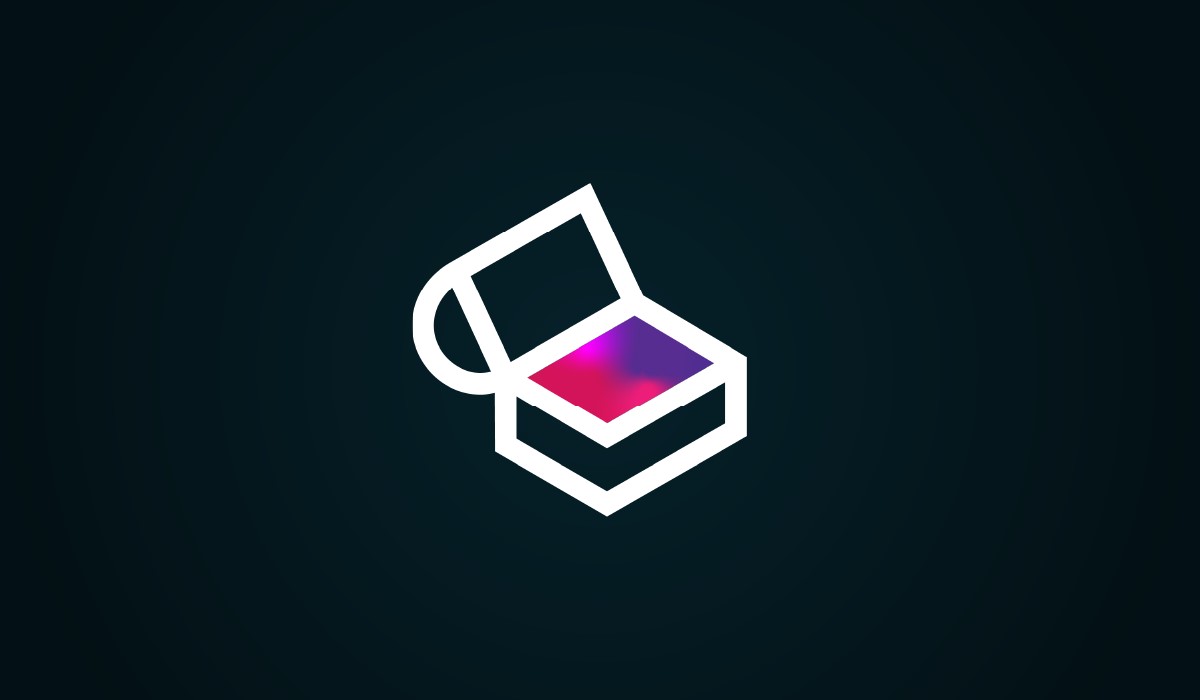A blockchain system is composed of various different factions that have to balance decentralization, security and scalability – or the network’s ability to support high transactional throughput. In order to cope with the amount of data and make transactions more rapid, blockchain systems may use something called Layer 2, or a framework that is built on top of an existing blockchain system. This is precisely the framework that is used within CoinGames to smooth out the platform’s output and maximize user experience.
What is Layer 2 and its Link With Layer 1
In a decentralized ecosystem, Layer 1 is essentially the network that refers to the blockchain (the main chain). Its solutions are made to increase transaction capacity and speed, as well as allowing for more users and data to be stored. Bitcoin, Litecoin and Ethereum are, for example, Layer 1 blockchains. On the other hand, Layer 2 protocols are built on top of an existing blockchain system. Layer 1 and Layer 2 solutions are two sides of the same coin when it comes to blockchain technology, as they are not mutually exclusive, with many networks rather seeking to combine both in order to achieve exponentially increased scalability. This mutual aid is essentially the only way that these frameworks will be able to challenge traditional, centralized frameworks.
Layer 2’s transaction speed and scalability within CoinGames
Scalability is crucial essentially because it represents the only way for blockchain networks to compete reasonably with centralized platforms in terms of processing times. Layer 2 can do this by aiding Layer 1 frameworks with their workload by shifting a portion of a blockchain’s protocol ‘s transactional burden to an adjacent system architecture, which then handles the most of the network’s processing and only afterwards reports back to the main blockchain.
The Layer 2 framework in CoinGames helps speed up processing times on the blockchain, all without having to compromise with the registration times and costs that a blockchain would normally require – this is essentially because the more people use a blockchain, the slower it becomes, as there are more and more transaction to be processed and confirmed. The claim system helps to avoid these speed constraints and gives both the operators and registered users the upside of fast data registration. The claims are safe since they are incremental and there are watchtower services that guarantee the claim’s security. Without Layer 2’s framework on the platform, waiting time for user’s transactions would certainly increase, and smart contracts would also be slower at distributing funds when the algorithm is developed to do so.




